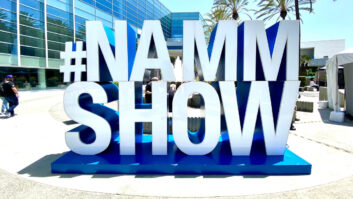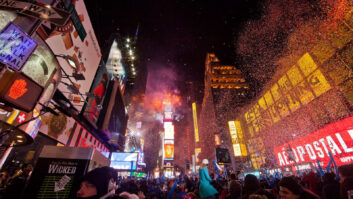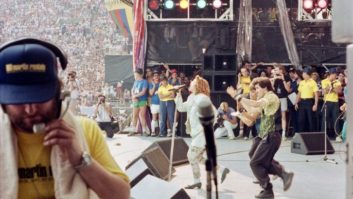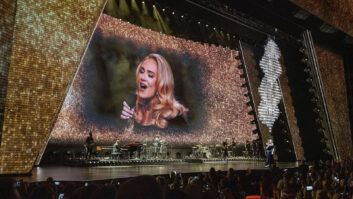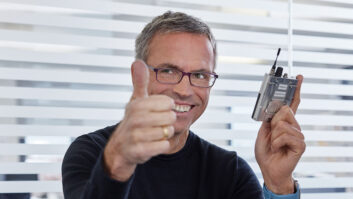A simple musical performance can change your life. In the summer of ’68, I went with a couple of friends to Rome for a weekend to check out some hip venues in the Eternal City. We weren’t jetsetters — we played in bands and lived in Naples, about 100 miles away. At the Piper Club (essentially Italy’s equivalent of The Fillmore), we saw R&B singer Ben E. King and UK soul band The Senate. King was amazing, but we were floored by The Senate’s tight funk, featuring a young Robbie McIntosh (pre-Average White Band) on drums and Alex Ligertwood (later of AWB and Santana) on vocals. Wowed by the experience, my friends and I spent the next year playing soul and funk.
Music is a powerful force, particularly in the magic that happens when players get together to create. Yet that same vibe can be lost in the studio’s “perform in a fishbowl” environment. And sometimes that loss is simply a case of technology getting in the way. Used to performing onstage, singers often feel uncomfortable when placed alone in a room, listening over headphones and standing in front of a huge microphone. There are tricks to help the situation — such as dimming the lights, compressing the cue mix or adding a bit of reverb in the ‘phones — but how much emotion is lost in our quest for perfect isolation and control over each track?
The same applies to rhythm tracks. Beyond the ensemble feel of live tracking, a well-oiled rhythm section will often come up with nuances and small touches that make a track jump. The Beatles recorded their first album in a day (it sold pretty well, too), but has tracking a well-rehearsed band in a couple of days become a lost art?
Maybe no. The live approach seems to be on the upswing. Steely Dan — known for its meticulous assembly of tracks during months and years — returned to live tracking on its latest album (and on Fagen’s recent Morph the Cat CD). In this issue, T Bone Burnett talks about his new album, cut entirely live with minimal overdubs. And our own Nashville editor, Rick Clark, just returned from New York, where he produced Death Cab for Cutie — cut live to 2-inch 16-track in the big room at Sear Sound.
Perhaps today’s mega-tracking DAWs push delayed decision-making to an extreme. When we spend more time editing tom fills than writing the song, something’s terribly wrong. But let’s not jump to indict nontraditional music creation, which is ideal for everything from hip hop to electronica to avante garde. Yet even in these styles, there’s an increase in the use of live players, especially in solos and rhythm overdubs.
While nobody wants to return to the “good old days” of 1/2/3/4/8-track recording, a little more live feel in your productions is a good thing. There’s no mystery here: Add some great audio, great players and a great song, and you’ve got a hit.
Speaking of live, this month veteran writer Steve La Cerra (he’s currently on tour mixing FOH for Blue Öyster Cult) joins the Mix staff as our new sound reinforcement editor. Welcome aboard!



